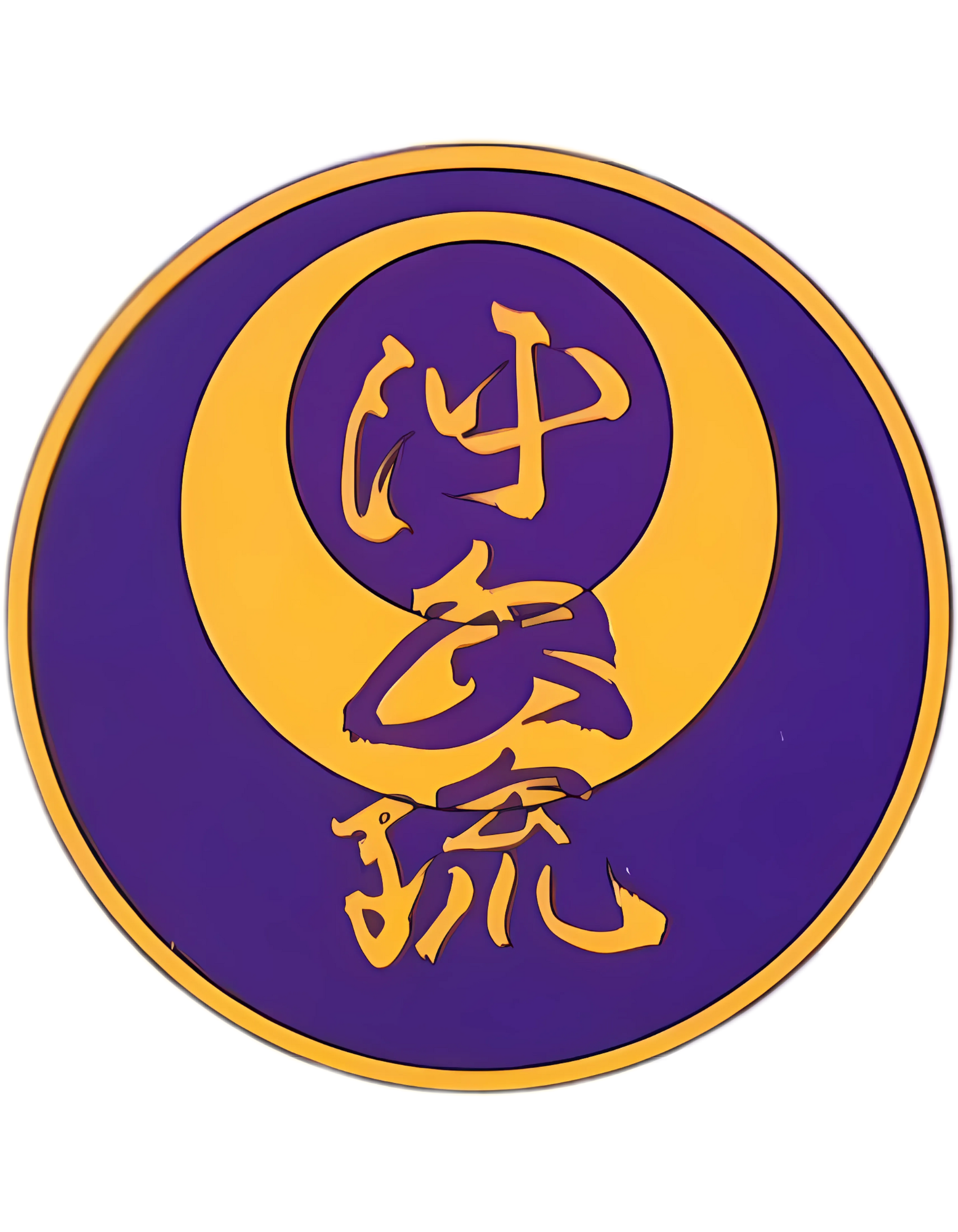Published March 11th, 2025
Why Proper Breathing is Essential in Karate
Breathing is often overlooked in martial arts training, yet it plays a crucial role in generating power, maintaining stamina, and sharpening focus. Traditional Okinawan karate, like what we teach at Takamine Karate Dojo in Miller Place, emphasizes breath control as a fundamental aspect of technique.
Martial artists who master breathing techniques can deliver stronger strikes, absorb impacts more effectively, and maintain endurance throughout training or real-world self-defense situations. But how does breathing actually influence power and effectiveness in karate?
How Breathing Affects Strength and Power
Many people assume that power in martial arts comes purely from muscle strength or speed. While these are important, proper breathing techniques enhance both by ensuring that the body functions at peak efficiency.
✅ Oxygen Flow & Muscle Efficiency – Controlled breathing improves oxygenation, preventing fatigue and allowing muscles to generate maximum force.
✅ Tension & Relaxation Control – The right breathing patterns help maintain the balance between tension and relaxation, which is key to delivering explosive strikes.
✅ Core Engagement & Stability – Breathing deeply from the diaphragm strengthens the core, stabilizing the body for stronger, more controlled movements.
Traditional karate uses ibuki breathing, a controlled exhale that contracts the core, to enhance strikes and absorb blows. If you’ve ever seen a karate practitioner let out a sharp breath when punching, that’s exactly what they’re doing!
Different Breathing Techniques in Traditional Karate
Karate employs different types of breathing for different situations. Here are some key methods used in training:
1. Ibuki Breathing (Power Breathing)
This method is used in kata and striking techniques to generate maximum force. It involves a strong, controlled exhale through the nose or mouth while contracting the core muscles. Example: When executing a reverse punch (gyaku-zuki), the exhale enhances the strike’s impact.2. Nogare Breathing (Flowing Breath)
Used for endurance and relaxation, this technique involves slow, deep inhalation through the nose and exhalation through the mouth. Example: Practicing slow kata movements with controlled breathing helps with energy conservation and mental clarity.3. Sanchin Breathing
A staple of traditional Okinawan karate, Sanchin kata emphasizes breathing that strengthens the body against attacks. Practitioners inhale deeply through the nose and exhale forcefully through the mouth while tensing their muscles. This method builds internal strength and resilience.Why Controlled Breathing is Essential for Self-Defense
In real-world self-defense situations, adrenaline can cause people to panic and breathe erratically, leading to poor decision-making and muscle fatigue.
Training with proper breathing techniques ensures that you stay calm, focused, and ready to react under pressure.
✅ Prevents exhaustion during prolonged encounters
✅ Helps absorb strikes by engaging the core muscles
✅ Keeps the mind clear, allowing for faster reaction times
This is why traditional karate places such a heavy emphasis on breath control, not just for performance, but for survival.
How to Practice Breathing Techniques in Karate
If you’re looking to improve your karate techniques through proper breathing, try these exercises:
🔹 Diaphragmatic Breathing Drill – Lie on your back and focus on breathing deeply into your belly instead of your chest. This strengthens core engagement for karate movements.
🔹 Breathing with Kata Practice – Match your inhalation and exhalation to each movement of a kata to reinforce proper rhythm and control.
🔹 Slow Exhale Punching Drills – Throw punches while slowly exhaling to maintain relaxation and power without wasted energy.
At Takamine Karate Dojo in Miller Place, we teach these breathing techniques as part of our traditional Okinawan karate training, helping students maximize their power and endurance.
Final Thoughts: Train Your Breath, Master Your Power
Breathing isn’t just about oxygen, it’s about power, control, and efficiency in martial arts. By mastering breathing techniques, karate practitioners can strike harder, last longer in combat, and stay calm under pressure.
Want to learn how to apply these techniques in your own training? Join us at Takamine Karate Dojo in Miller Place! Email takaminekaratedojo@gmail.com or message @takaminekaratedojo on social media to get started.
